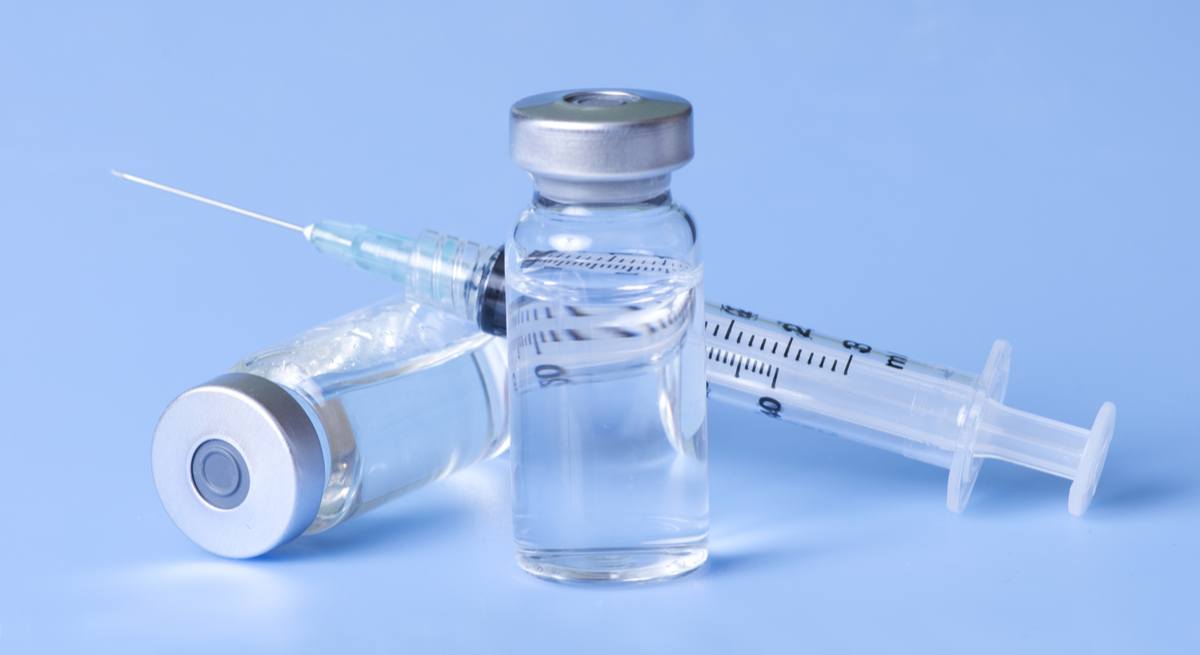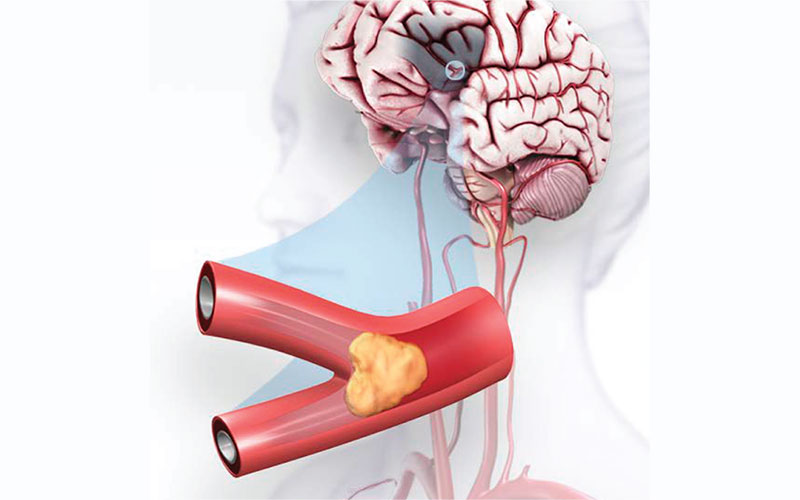3D printing, also known as additive manufacturing, is a revolutionary technology that allows objects to be created by building up successive layers of material under computer control. This differs from traditional manufacturing techniques that rely on tools like milling, grinding, and machining to remove material from larger pieces to produce parts. In healthcare, 3D printing in healthcare is being explored for a variety of applications ranging from surgical planning to prosthetics creation. It has the potential to streamline processes and improve outcomes for both patients and providers.
Custom Medical Devices and Prosthetics
One promising area for 3D printing in Healthcare is in the creation of customized medical devices and prosthetics. By scanning a patient’s anatomy, 3D printers can manufacture implants, braces, and prosthetic limbs contoured precisely to an individual’s body. This personalized approach can result in a better fit and greater comfort for the patient. For example, 3D systems has printed over 100,000 cranial implants that are engineered using CT scans of a patient’s skull. Other examples include customized joints, limbs, and tracheal splints. 3D printed prosthetics have also given amputees a more life-like alternative to standard devices.
Surgical Guides and Models
Surgeons are tapping into 3D printing in healthcare to create detailed models and guides that aid in pre-operative planning and complex procedures. Printed models built from a patient’s medical scans can be studied to identify anatomical variations and plan the optimal surgical approach. These guides and templates then assist during surgery by mapping out where to make incisions and where implants should be positioned. This level of accuracy and precision is helping to improve outcomes for tumor resections, orthoses and craniomaxillofacial reconstructive surgeries. For instance, models were printed to help separate conjoined twins from the back of their skulls in a 27 hour separation surgery.
Tissue Engineering and Implants
An even more advanced application of 3D printing in Healthcare involves “bioprinting” tissues and implants. Researchers have engineered cartilage, bone, skin and other soft tissues layer by layer using specialized bioinks that mimic the extracellular matrix. These bioprinted tissues could potentially be used for surgical grafts or transplants. Scientists are conducting trials to print human tissues and entire functional organs using biomaterials, living cells, and proteins. If successful, this tissue engineering approach could revolutionize the treatment of injuries and diseases by providing an unlimited supply of personalized living implants and remedies. Companies are also working on 3D printed drug delivery systems and cellular scaffolds to promote natural tissue regeneration.
Future Prospects and Challenges
As 3D printing in healthcare advance, their applications in medicine will continue to broaden and multiply. Areas poised for growth include the customization of pharmaceuticals in personalized dosing, 3D bioprinted vascular networks within solid organs, and implantable medical devices for monitoring patient health. Regulatory approval pathways are being developed to scientifically evaluate safety and effectiveness. The arrival of new biomaterials, bioinks, and multi-tissue fabrication will expand further what can be printed. However, challenges remain related to tissue viability, immunogenic responses, and regulatory restrictions that must still be addressed. Overall, with its potential to drive transformational change through customization and personalization, 3D printing promises to revolutionize how healthcare is delivered and revolutionize patient outcomes for generations to come.
*Note:
1. Source: Coherent Market Insights, Public Source, Desk Research
2. We have leveraged AI tools to mine information and compile it.




